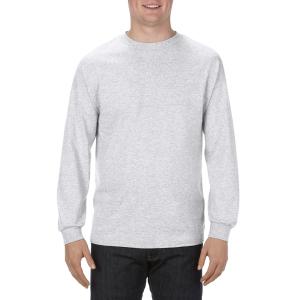- October 4, 2023
How to Choose the Right T-shirt Printing Technique for Your Design
T-shirt printing has become a popular way for individuals and businesses to express their creativity and promote their brand. With so many printing techniques available, choosing the right one for your design can be a daunting task. Different techniques have their own advantages and limitations, and it's important to understand them before making a decision.
In this article, we will explore the various t-shirt printing techniques and provide you with the information you need to choose the right one for your design.T-shirt printing is easy and fast. If you want T-shirt Printing and want to get your T-shirts printed quickly and efficiently, you can check this website https://flagbanner.com.au/all-products/t-shirt-printing.html.
1. Screen Printing
Screen printing is one of the most common and widely used t-shirt printing techniques. It involves creating a stencil, known as a screen, and using it to transfer ink onto the fabric. Screen printing is known for its durability and vibrant colors, making it a popular choice for designs that require high levels of detail and color accuracy.

2. Direct-to-Garment (DTG) Printing
Direct-to-garment printing, or DTG printing, is a relatively new technique that involves printing the design directly onto the fabric using a specialized inkjet printer. DTG printing allows for detailed and complex designs with an unlimited number of colors. It also allows for printing on a wide range of fabrics, including cotton, polyester, and blends.
3. Heat Transfer Printing
Heat transfer printing involves transferring the design onto the fabric using heat and pressure. This technique uses a special heat transfer paper that is printed with the design using a regular inkjet printer. The paper is then placed on the fabric and heat is applied, causing the ink to transfer onto the fabric.
4. Sublimation Printing
Sublimation printing is a technique that involves transferring the design onto the fabric using heat and special dyes. The dyes are printed onto a transfer paper and then heat is applied, causing the dyes to vaporize and penetrate the fabric. The result is a permanent, full-color print that is soft to the touch.
5. Vinyl Cutting
Vinyl cutting, also known as heat transfer vinyl (HTV), involves cutting the design out of a colored vinyl sheet and then heat pressing it onto the fabric. This technique is often used for lettering and simple designs with solid colors. Vinyl cutting allows for precise and crisp designs that are long-lasting and resistant to fading.